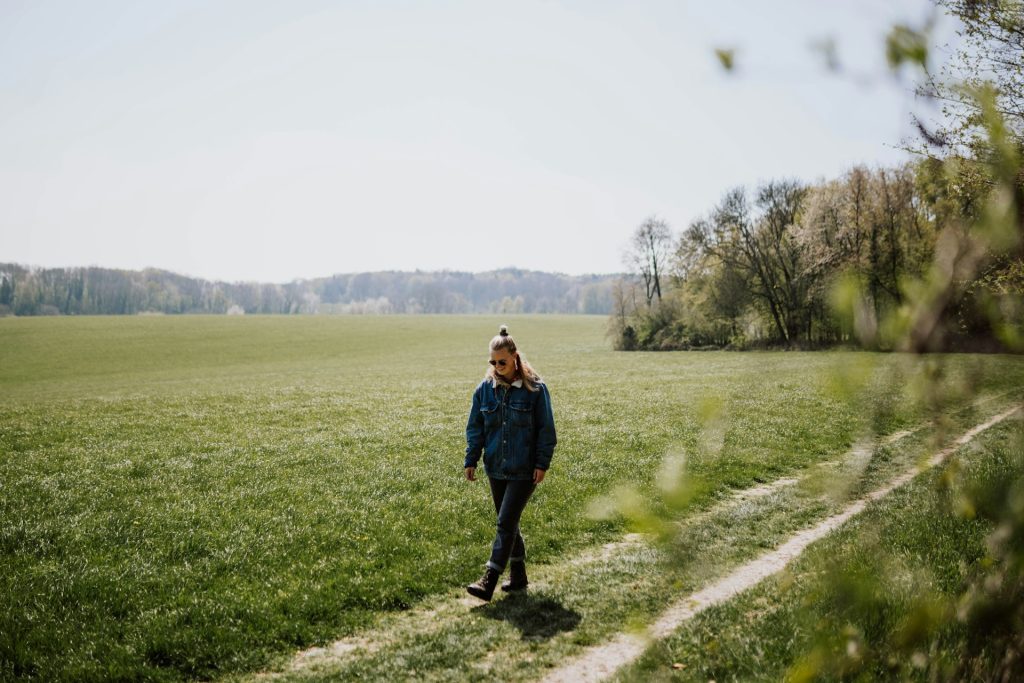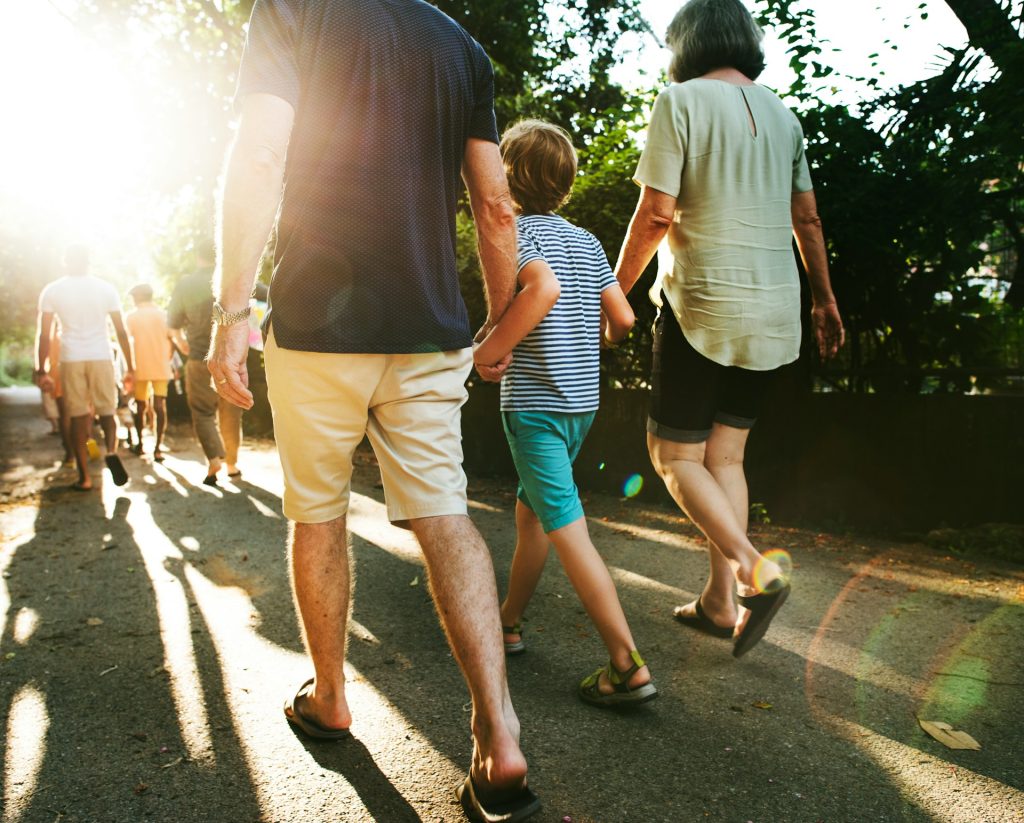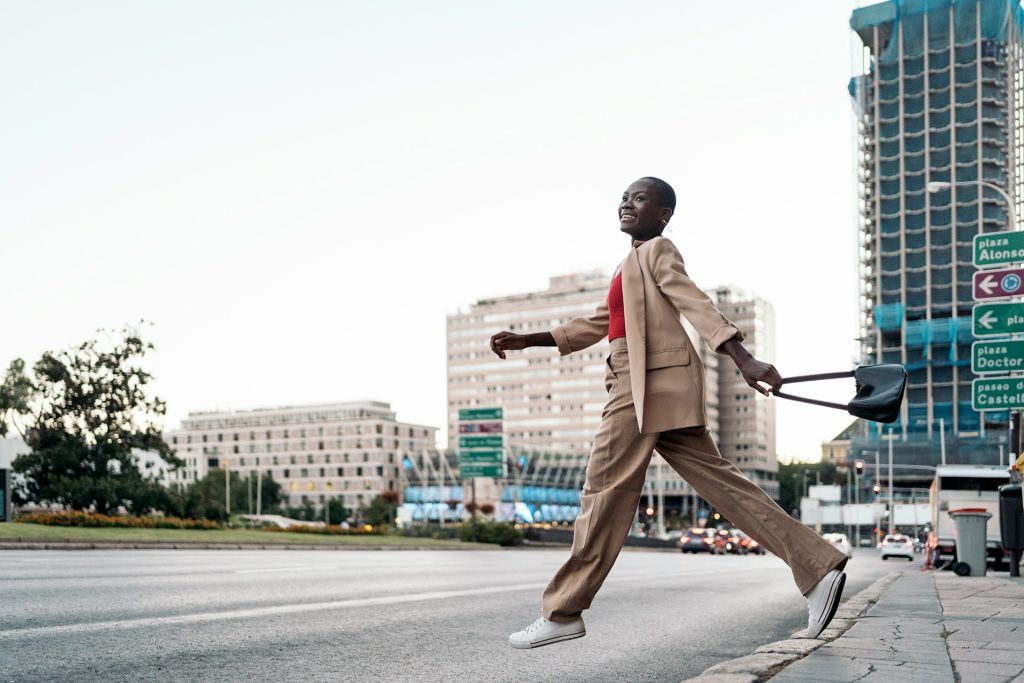Table of Contents
Remember when your grandparents said, Just walk it off”? Turns out they were onto something big. That daily neighborhood stroll isn’t just refreshing—it might be saving your life.
You don’t need expensive gym memberships or complicated workout routines. The simplest movement humans know—putting one foot in front of the other—could be the difference between thriving in your later years or struggling through them. Science now backs what we’ve intuitively felt: walking for just half an hour daily rewires your body from the inside out.
What Walking Does to Your Brain
Walking doesn’t just strengthen your legs—it physically changes your brain. Adults who walk regularly maintain sharper memory even as they age. Their brains resist the normal shrinkage that typically comes with aging.
The mental clarity that comes during a walk isn’t just your imagination. Your brain functions differently while walking, which explains why your best ideas often pop up mid-stroll. It’s why Steve Jobs famously held walking meetings and why writers like Dickens claimed their characters came alive during long walks.
The mood boost isn’t just psychological, either. Walking triggers the release of natural mood elevators in your brain—the same compounds that create “runner’s high,” just at a gentler level. This explains why a walk can transform your outlook even on the toughest days. People who walk daily report falling asleep faster and sleeping more deeply. This happens because walking helps regulate your body’s natural sleep-wake cycles, especially if you get morning sunlight during your walk.
The Metabolic Magic Zone: Why 30 Minutes Matters

Your body shifts gears around 15-20 minutes into a walk. The first part of your walk burns through the quick energy in your bloodstream. But after about 20 minutes, your body starts tapping into stored fat as fuel—which is exactly what you want for weight management and better health.
People with type 2 diabetes often see their blood sugar readings drop significantly after a 30-minute walk. Many find they can reduce their medication needs over time when they make walking a daily habit.
Real Results from Real People
Talk to any group of healthy 80 or 90-year-olds, and you’ll find a common thread—most have been walking regularly for decades. It’s not that walking made them live longer; it’s that walking kept them able to live independently longer.
Heart attack survivors who adopt regular walking report 50% fewer subsequent cardiac events. Their cardiac rehabilitation specialists often note that consistent walkers recover faster and more completely than those who remain sedentary.
Walking Habits in the World’s Longest-Lived Communities

In the mountain villages of Sardinia, Italy, shepherds in their 90s still walk miles daily over hilly terrain. They don’t think of it as exercise—it’s just how they live. Many have never set foot in a gym their entire lives.
The older residents of Okinawa, Japan—home to some of the world’s oldest people—garden daily well into their 90s, requiring constant light movement. They don’t count steps or track mileage; they simply stay active through meaningful activities.
On the Greek island of Ikaria, the mountainous terrain means residents walk up and down hills as part of daily life. The oldest residents report walking to visit neighbors rather than calling them—maintaining both physical activity and social connections. In Loma Linda, California—America’s longevity hotspot—the elderly Seventh-day Adventist population prioritizes a daily “nature walk” as part of their wellness routine. They view this time outdoors as essential for both physical and spiritual health.
None of these long-lived populations own fitness trackers or follow formal exercise programs. They simply walk as part of everyday life—and they’re outliving the rest of us by years.
Mental Health Benefits You Can Feel
People suffering from anxiety often report that walking outdoors provides more relief than indoor activities. The combination of rhythmic movement, nature exposure, and leaving stressful environments creates a powerful mental reset.
People recovering from depression who add daily walking to their treatment plan often describe it as “clearing the fog.” While walking alone isn’t a cure, many find it an essential complement to other treatments. Walking with a friend creates what therapists call “side-by-side communication”—a format that makes difficult conversations easier than face-to-face interactions. This explains why walking together often leads to deeper conversations than sitting across a table.
The Economic Reality of Walking

Most Americans spend thousands annually on healthcare costs that walking could reduce or eliminate. Heart disease, diabetes, and mood disorders—all conditions improved by walking—represent some of our highest healthcare expenditures.
People who walk regularly take fewer sick days from work. Over a career, this translates to thousands in additional earnings and productivity compared to sedentary colleagues. Walking requires no gym membership, no special equipment beyond decent shoes, and no training. It’s the most democratically available exercise, accessible regardless of income level.
Practical Tips from Lifelong Walkers
People who’ve maintained a walking habit for decades share common strategies: they walk first thing in the morning before other priorities can intervene. Early walkers report 80% higher consistency than those who plan to walk later in the day.
Those who walk the same route daily stay with the routine longer than those who constantly vary their path. Routine creates automaticity—your body just goes without requiring much decision-making energy. People who wear their walking shoes around the house are significantly more likely to go walking. This small friction-reducing habit makes it easier to walk out the door when the opportunity arises.
The 30-Minute Investment with Lifelong Returns
For most Americans, the biggest health threat isn’t dramatic diseases—it’s the slow decline from inactivity. Walking directly counters this threat with a simplicity that complicated fitness programs can’t match.
A daily 30-minute walk means you’re giving yourself 3.5 hours weekly of what might be the most potent preventive medicine available. That’s less time than most people spend watching a single movie.
Your body was designed to walk. Not to sit in chairs, not to stare at screens, but to move forward through the world on your own two feet. The miracle isn’t that walking improves your health—the miracle is that something so simple can reverse decades of modern living’s damage.

Hi! I’m Dave, a longtime biohacker focused on natural ways to improve health and performance. My work revolves around analyzing the science behind cognitive enhancers, nutrition, and longevity strategies. I’m particularly interested in natural nicotine products and their effects on focus and energy. Everything I share is based on research and real-world application, ensuring practical, reliable insights. Please note, none of the information shared here is medical advice.




